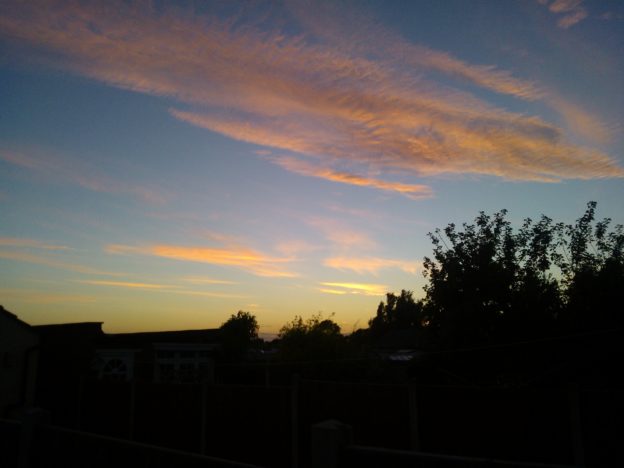There are a lot of old fashion garden sayings handed down through the years from our grandparents. Many times we dismiss them as sweet old ramblings. Once you look closely at them, you can see a lot of truth and it can be very helpful to remember these sayings and garden accordingly. So I have selected the ones I have heard most and I will share them with you in this post.
Old Fashion Garden Sayings
This first lot are mostly weather forecasts, I suppose using plants and nature as sign posts.
“Red sky at night shepherds delight, red sky in the morning shepherds warning”
This is one of those old weather sayings that usually comes true. A red sky at night is caused by dust and other small particles getting caught in the atmosphere by high pressure, and high pressure means clear skies and full sun.
A red sky in the morning is caused by clear skies over to the east allowing sunlight to shine on the underside of moisture rich clouds which usually bring rain.
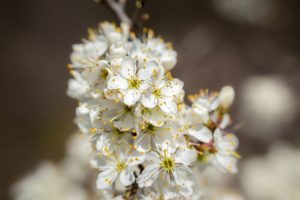
Hawthorn “out” (in bloom)
“Don’t Cast a Clout ‘Til May is Out”
This one has some slight controversy, is it when the May Flower (Hawthorn) is in bloom? or is it the month of May? Realistically it doesn’t matter, the truth is we often get a warm spell in April and then a cold snap at the end of May so this one rings true as well.
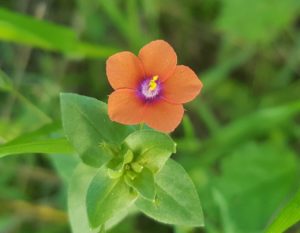
scarlet pimpernel
“Pimpernel, pimpernel, tell me true whether the weather be fine or no”
The Scarlet Pimpernel flowers from June. On fine mornings it’s flowers are fully open, but when humidity is above 80% it closes its petals to protect its pollen.
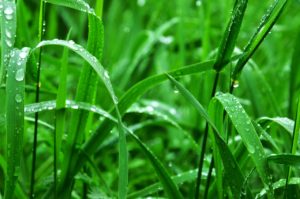
Dew covered grass
“When the dew is on the grass, rain will never come to pass”
Dew on the grass at the end of a summers day is an indicator of a settled atmosphere, and is caused by the earth cooling down and condensing moisture in the air. If there are clouds the heat loss can’t occur.
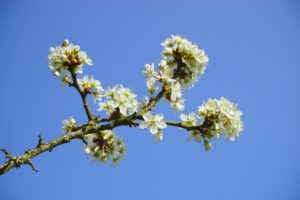
Blackthorn in flower
“Beware the blackthorn winter”
A spring-like period of weather in early / mid March can bring the blackthorn into flower and as we all know, the weather can then change dramatically and turn back into winter again.
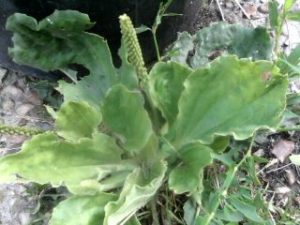
plantain
“One years seeds seven years weeds”
This one might seem obvious but it’s well worth remembering. If you let weeds set their seeds you’ll be troubled with weed seedlings for the next seven seasons.
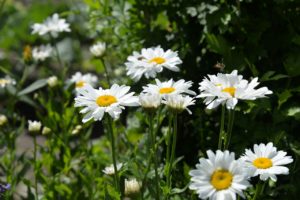
Daisies
“Spring starts when you can put your foot on 12 daisies”
Daisies are one of the earliest of the spring flowers and often grow in clumps on lawns.
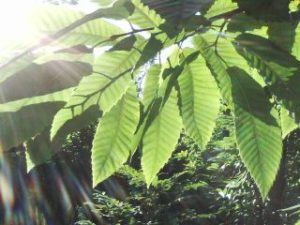
“When the leaves show their undersides, be very sure that rain betides”
Strong winds and high humidity before rain make stalks and stems more pliable, the branches move and the underside of leaves become visible.
Old Garden Sayings
Now we go on to more specific sayings concerning general practises from the past, they are all summer sayings probably because in the old days they knew that winter was bad and just needed a few pointers for the warmer weather. See how many you can relate too.
MAY
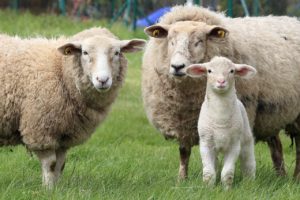
Sheep
“Who shears his sheep before St. Servatius day loves his wool more than his sheep”
St. Servius day is on the 13th of May and often marks the start of a spell of north winds and cold, icy weather, obviously not good for newly shorn sheep.
JUNE

Rainy June
“A cold and wet June spoils the rest of the year”
Sometimes in June the westerly air stream of depressions from the Atlantic gets stuck over Great Britain, causing a long period of unsettled weather with rain and low cloud.
JULY / AUGUST
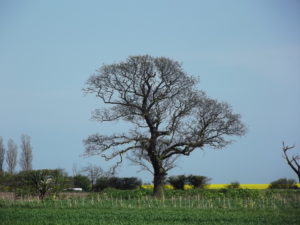
Dog days
“Dog days bright and clear indicate a happy year”
The Romans named the period between July the 3rd and August the 15th “the dog days” after Sirius the dog star, the brightest star at that time. Traditionally the warmest part of the summer, if a long spell of good weather develops in the dog days it tends to go on to Autumn. If however the weather hasn’t settled down by the end of July then a good summer is unlikely.
AUGUST

Harvest
“If Bartelmy’s day be warm and clear look for a prosperous Autumn that year”
If St. Bartholemew’s day, August the 24th is sunny it often preceeds a long period of warm weather great for harvests.
SEPTEMBER
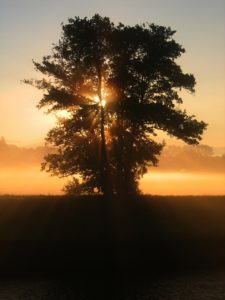
Autumn
St Matthew brings on cold dew”
St Matthew’s day September 21st is just before the Autumn equinox which can be the start of a drop in temperatures and early frosts.
Here are some last thoughts concerning our nearest neighbour, the Moon.
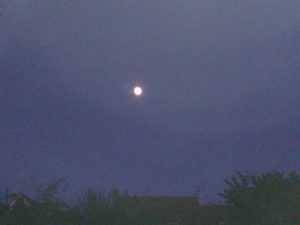
the moon
The Moon
More than 2000 years ago the Roman poet Virgil wrote in his farming books the Georgics ” The moon herself has made some days favourable for certain tasks”. accordingly here is a list based on Virgil’s writings.
Full moon- sow Brassicas, carrots, onions, parsnips, spinach.
plant Potatoes, tomatoes.
Harvest- Fruit, herbs, vegetables.
Two days before full moon- sow Beans, herbs, peas, sweetcorn.
It has also been a part of gardening tradition that when grafting fruit trees at the end of winter, it’s best done when the moon is new. As the period when the moon is waxing (between new and full) is supposed to stimulate the rising of the sap which will make more vigorous buds form.
When pruning fruit trees in February, the new growth is susceptible to frost damage, this is supposed to not happen if the trees are pruned when the moon is waxing.
The Moon And The Weather
The moon doesn’t really have any influence on the weather, but by watching the skies you can predict the weather better.
If you see a halo around the moon or its outline is fuzzy this is a good indicator of rain.
In winter if you can see the moon clearly without any cloud cover, then frost is likely. Once the moons outline is blurry again it is a good indicator of the end of the frosty spell of weather.
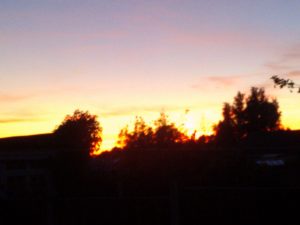
Summer sunset over the allotments

